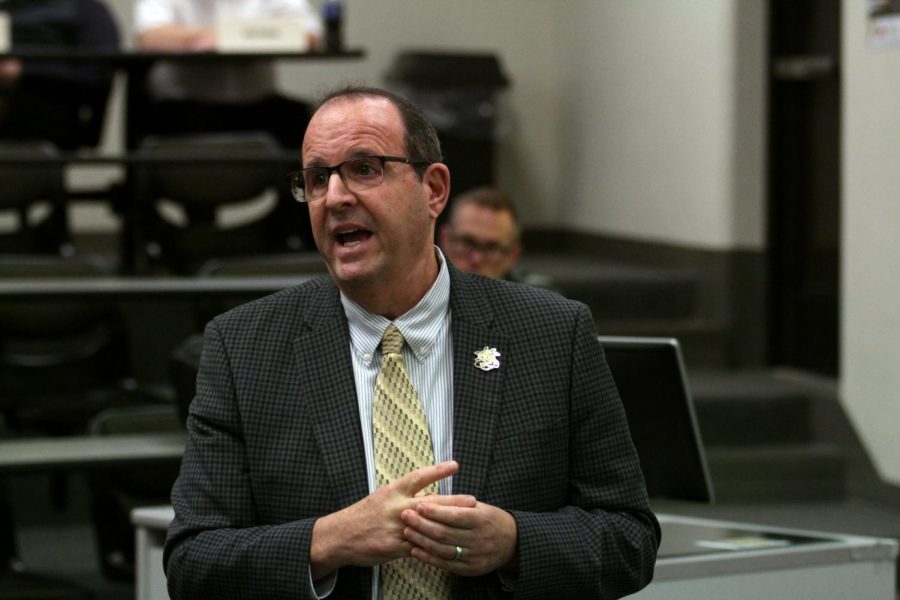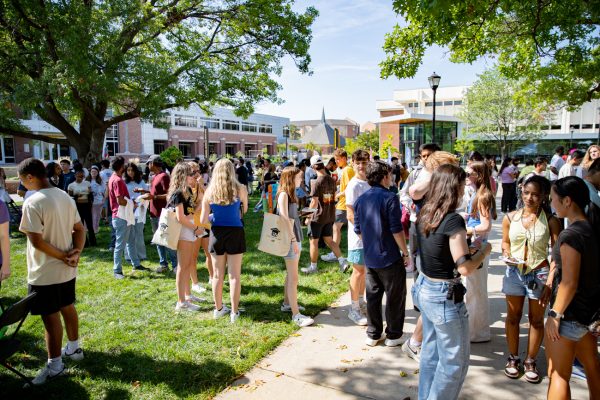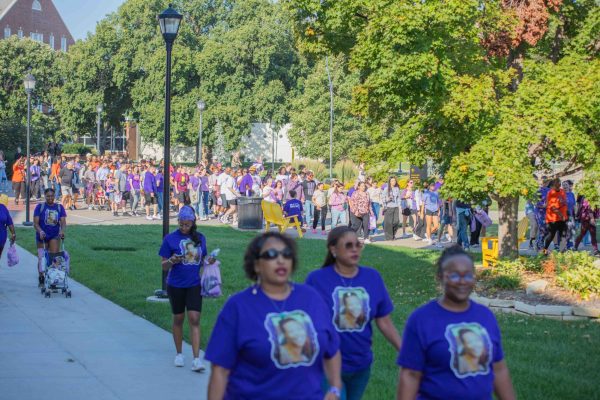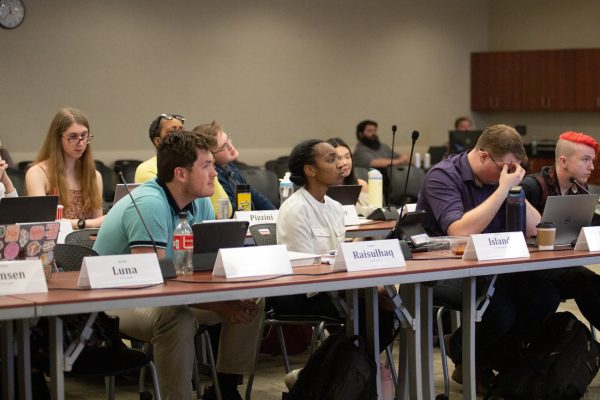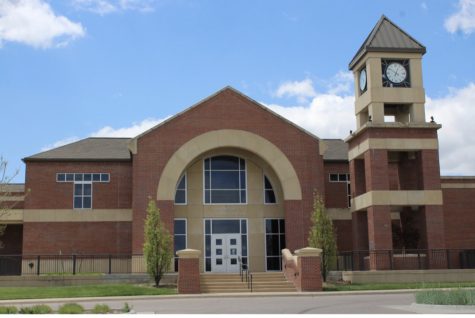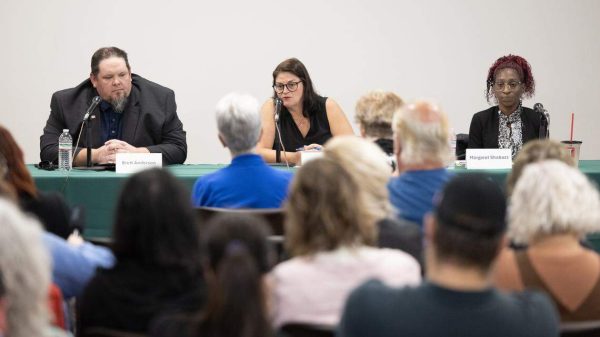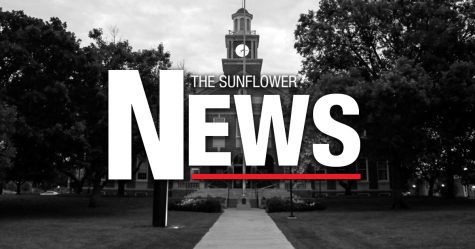Wichita State seeking approval to amend capital improvement plan for new $22.2 million building
President Jay Golden makes his introduction to faculty senate in January. In his introduction, Golden emphasized the importance of shared governance and transparency.
UPDATE: The Kansas Board of Regents unanimously approved Wichita State’s amendment to their capital improvement plan.
Wichita State is seeking funding for a new building on Innovation Campus.
WSU is asking the Kansas Board of Regents for authorization to amend the university’s capital improvement plan to include a new $22.2 million building that would house the Convergence Sciences and Digital Transformation Center.
“We have not made the commitment to build it yet, but we were asked for the authorization as we work through all the different financial scenarios for the institution,” University President Jay Golden said in an interview with The Sunflower Tuesday when questioned about the timing of the project.
The new building would also house the National Institute of Digital Transformation, based off of a similar model as the National Institute for Aviation Research (NIAR). This institute would focus on developing technology “that can transform other industries,” according to a proposal sent to the board.
In an earlier interview with The Sunflower, Golden was adamant that the new building would not be constructed immediately – especially due to the financial loss the university will face with COVID-19.
“It’s all up in the air, TBD,” Golden said when asked about a timeline for construction. “But we still want to be moving the institution forward. I still want to get approvals for things, even though there are things that we may not be ready to do because of the pandemic.
“But at some point in the future when we are, I want to make sure that we checked all those boxes and we have the appropriate approvals to move forward at those times.”
According to the proposal, WSU will fund the 56,000 square foot space with revenue bonds “paid for with a combination of restricted use funds that are generated by private industry from training, testing and certification, federal grants,” and local tax dollars.
“Before we can even go out at some point in the future to try to raise those funds from private donors, to do that, we first have to have the approval to be able to do it at some point in the future,” Golden said.
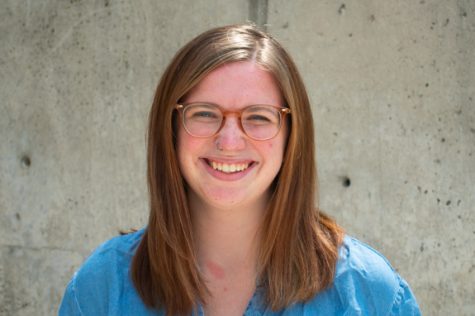
Kylie Cameron was the Editor in Chief of The Sunflower for the 2019-2020 school year.
She is a senior studying political science and journalism and...



